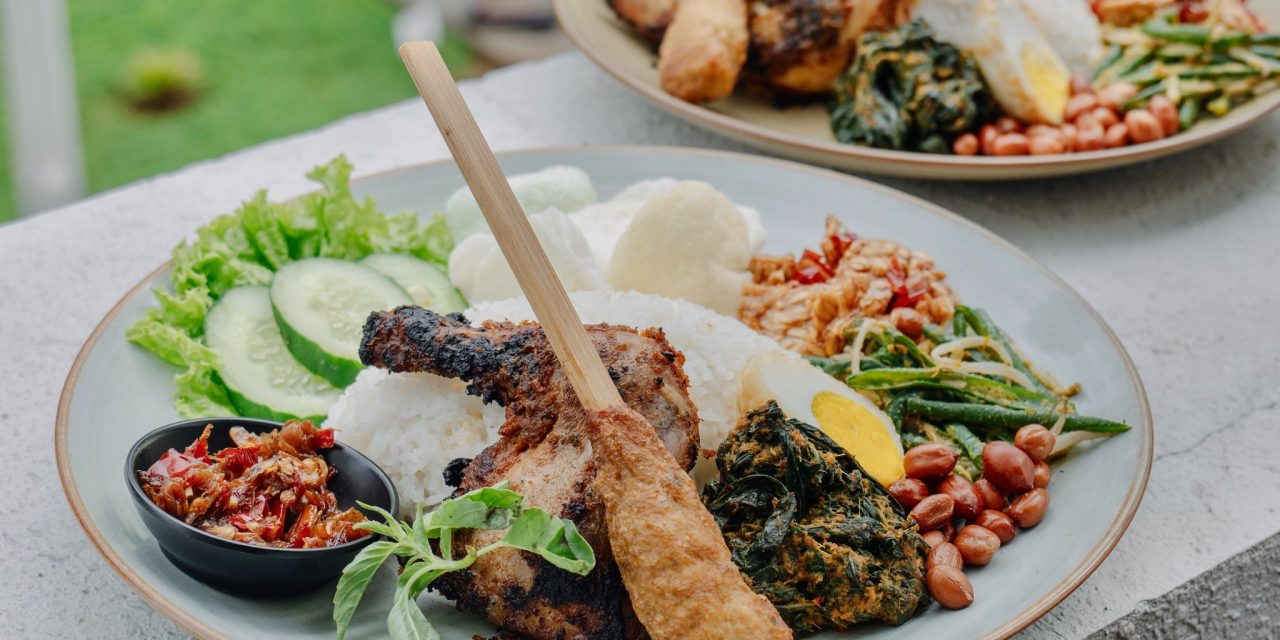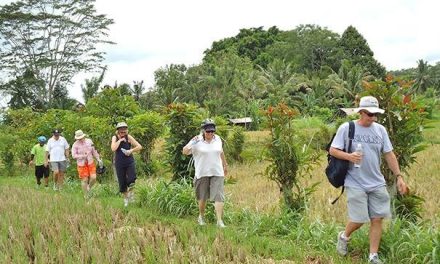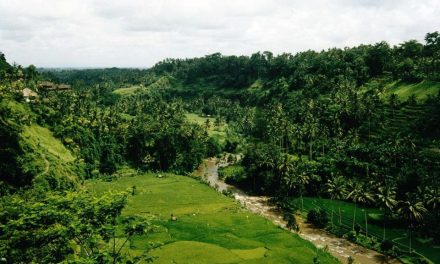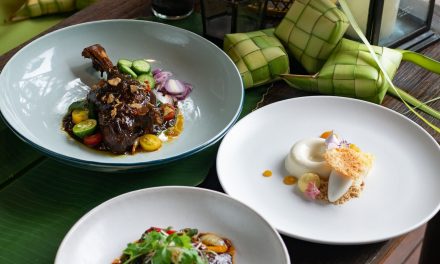Ah, Ubud! The lush landscapes, the vibrant art scene, and the rich cultural tapestry woven into daily life. One of the most captivating aspects of Ubud is its traditional dance events, where stories come alive through intricate movements, colorful costumes, and the rhythmic beats of gamelan music. I’ve had the pleasure of capturing these moments with my camera during my visits, and I’d love to share some photography tips that will help you create stunning images of these mesmerizing performances.
Embrace the Culture
Before you even think about clicking that shutter button, immerse yourself in Ubud’s culture. Attend a few dance rehearsals or talk to local dancers to understand the stories behind each performance. I remember my first time watching the Barong dance; I was completely enchanted not only by the graceful movements but also by the underlying narratives. This groundwork helped me anticipate key moments to capture.
Tip 1: Do Your Homework
Every dance has its own story and significance. When I learned that the Kecak dance revolves around the Ramayana epic, I found myself watching for moments that symbolized triumph and struggle. Researching the dance forms will not only make your photography richer but also enhance your appreciation for the art.
Choosing the Right Time and Place
Ubud’s dance performances can happen both indoors and outdoors, each having its own lighting challenges. Based on my experiences, I’ve found that early evening shows are particularly magical; the natural light filtering through the trees adds a warm glow to your images.
Tip 2: Scout the Venue
Before the event, walk around the venue to find the best angles. At the Ubud Palace, for instance, I discovered a beautiful archway that framed the stage perfectly. Positioning yourself to capture the dancers against the backdrop of their colorful costumes can create eye-catching compositions.
Tip 3: Light It Up
If you’re shooting indoors, think about your camera settings. Higher ISO levels will often be necessary in low-light settings, but be cautious as they can introduce noise. I recall a moment during a Legong dance when the performers’ intricate movements were a blur due to a slow shutter speed; I quickly adjusted my settings to capture their precision.
Composition is Key
Creating compelling images isn’t just about the subjects but also the composition. Whenever I attend these events, I try to incorporate the surrounding environment into my shots to tell a larger story.
Tip 4: Play with Framing
Use elements of the environment, like pillars or audience members, to frame your shots. For example, I took a photo of a dancer mid-movement, framed by the ornate carvings of the stage. This not only gave context but also added depth to the image.
Capturing Emotion and Movement
One of the most enchanting aspects of Ubud’s traditional dance is its expressiveness. The dancers convey emotions through their expressions and movements. Capturing these moments can create powerful stories in your photos.
Tip 5: Anticipate the Action
Always be on the lookout for those fleeting moments. I once caught a dancer just as she turned her face toward the audience, her eyes sparkling with passion. These split-second decisions can make or break a photograph. I suggest using burst mode to increase your chances of capturing the perfect moment.
Engage with the Audience
Sometimes the audience’s reactions can be just as captivating as the dancers themselves. Don’t forget to turn your camera around! Capturing a child’s awe or an elder’s nostalgic smile adds depth to your collection of images.
Tip 6: Capture the Community
I had a delightful experience snapping candid photos of spectators during the performances. Some was exploring their phones, while others were leaning forward in rapt attention. These images added a layer of context to the event, showcasing how the art form brings people together.
Post-Processing
Once the event is over, you’ll want to bring the magic of the performance into your final edits. Using software like Lightroom, you can enhance the colors that represent the vibrancy of Ubud.
Tip 7: Enhance with Editing
I often adjusting the exposure and contrast to make my images pop, but I always strive for authenticity—keeping the essence of the performance intact. Subtle tweaks can elevate your photographs while retaining their cultural integrity.
Share and Connect
Finally, sharing your photographs with a story can spread the joy of these cultural experiences. Use social media platforms like Instagram to showcase your work. When I posted a series from the Kecak performance, the comments filled with appreciation not just for the dance but the cultural narratives behind them, sparking delightful conversations.
Through sharing, you not only showcase the beauty of Ubud’s traditional dances but also foster a community of fellow enthusiasts passionate about cultural expression in photography.
Conclusion
Photographing Ubud’s traditional dance events is a rewarding experience that requires more than just technical skills; it requires a genuine connection to the culture and its people. By preparing well, engaging with your environment, and immersing yourself in the emotions and stories being told, you’ll undoubtedly capture stunning images that resonate with viewers long after the curtain falls. So grab your camera, immerse yourself in Ubud’s vibrant life, and let the magic of traditional dance inspire your photographs!






